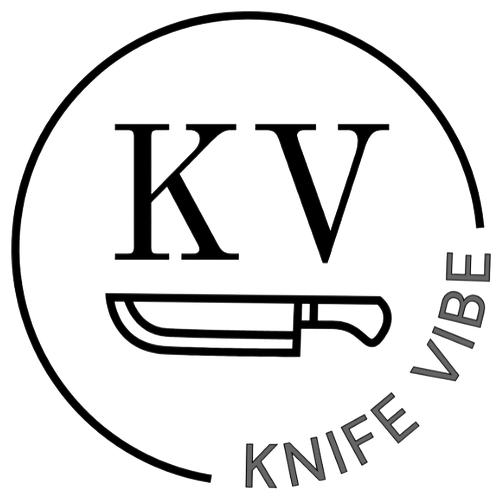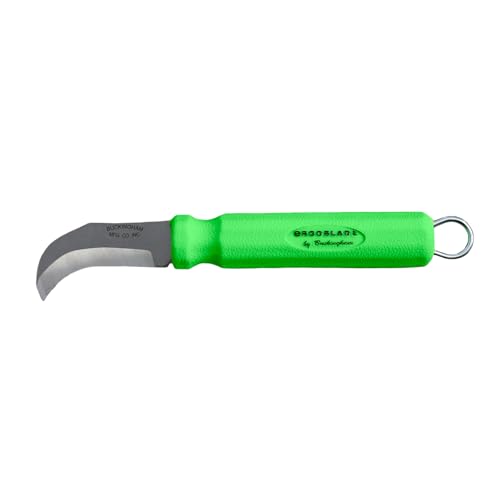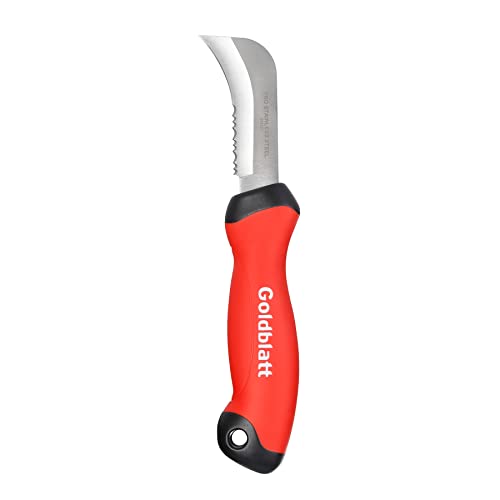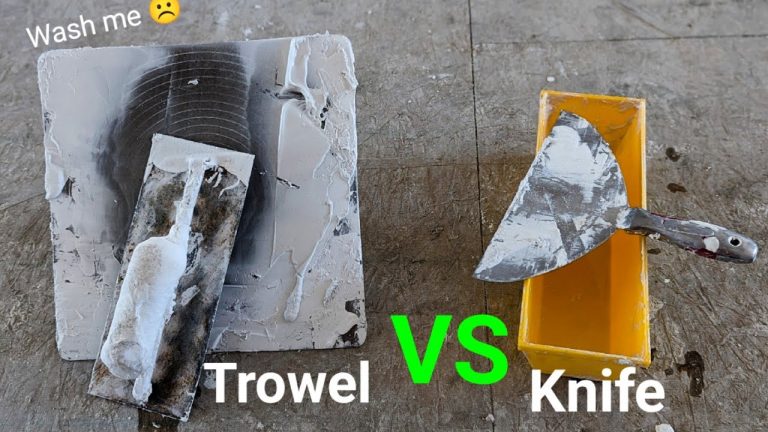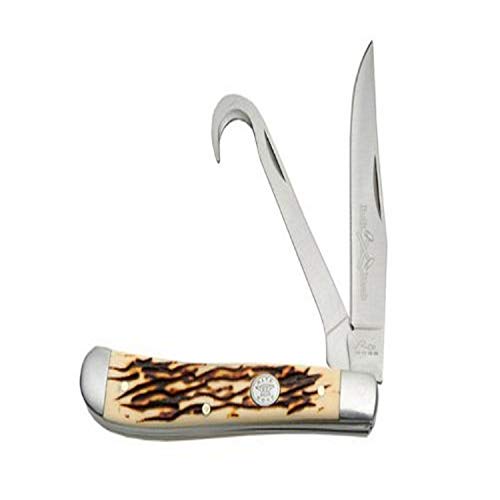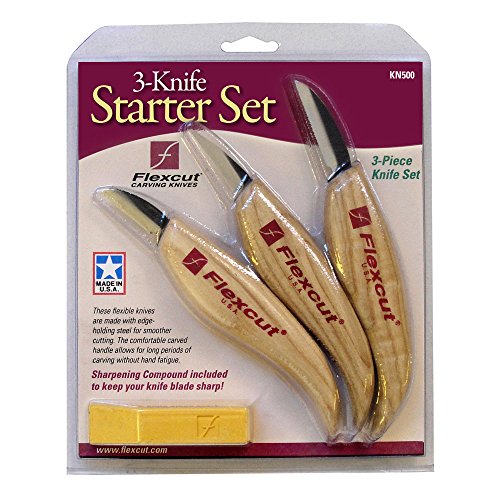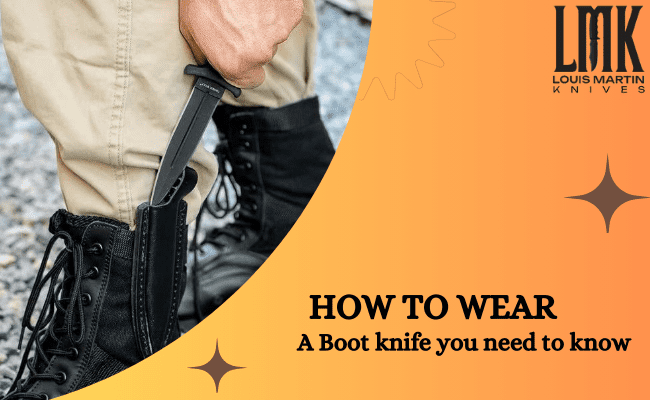Head Knife Vs Round Knife: Which One is Best for Leathercraft?
When it comes to leather crafting, the right tools matter. Two popular choices are the head knife and the round knife.
Understanding the differences between these knives is crucial. Each has unique features and specific uses. Leatherworkers often debate which one is better. This comparison will help you make an informed choice. Whether you’re a beginner or an expert, knowing the pros and cons of each knife is important.
This guide will explore their strengths and weaknesses. By the end, you will have a clear idea of which knife suits your needs best. Let’s dive into the world of head knives and round knives.
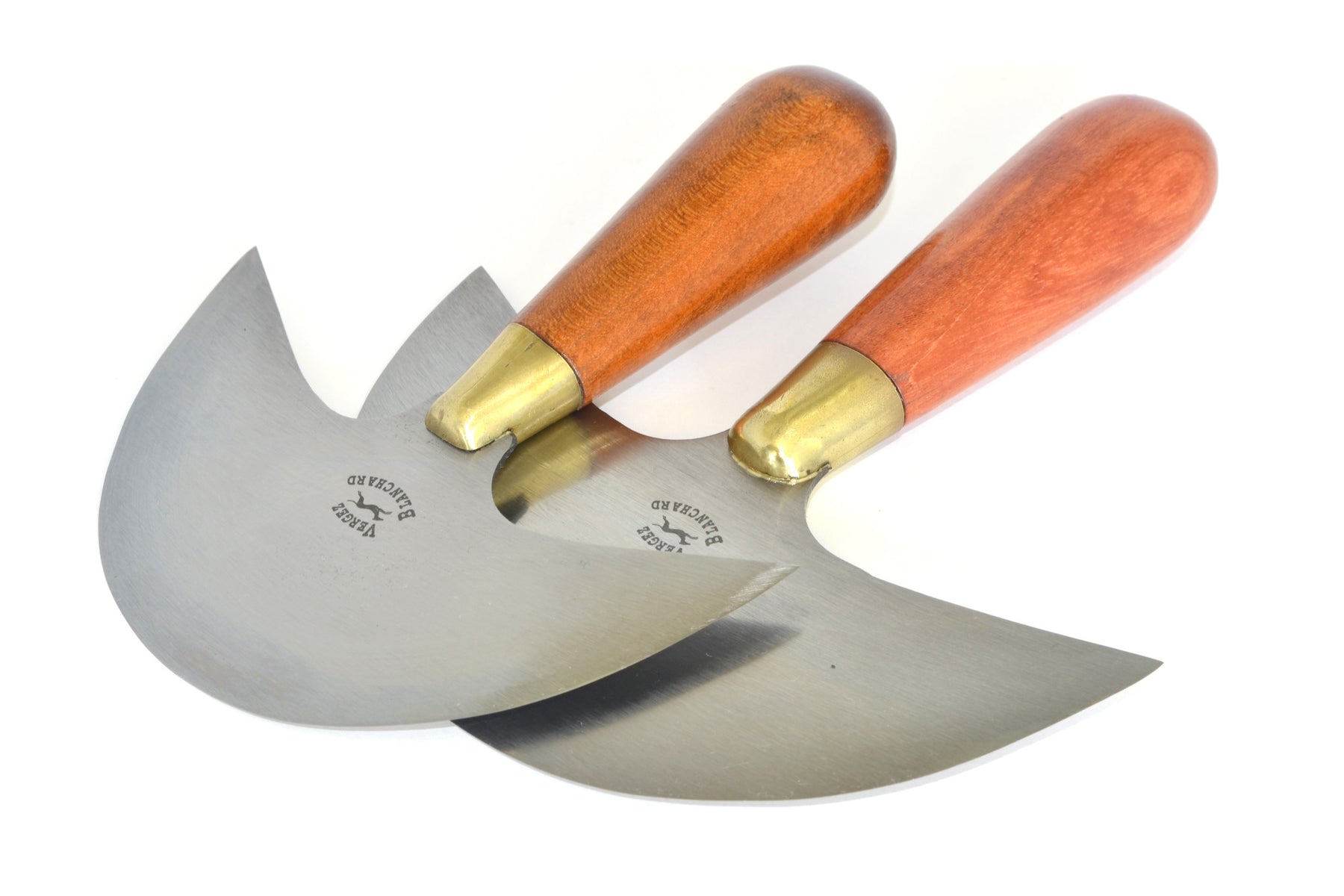
Credit: www.rmleathersupply.com
Introduction To Leathercraft Knives
Leathercraft is an ancient art that requires precision and skill. One essential tool for leathercrafters is the knife. The right knife can make all the difference in your projects. There are many types of knives available. Two popular choices are the head knife and the round knife. Understanding these tools can help you create beautiful leather goods.
Importance Of Choosing The Right Knife
Choosing the right knife is crucial for leathercraft. A good knife ensures clean and precise cuts. It saves time and reduces material waste. The right knife can also prevent hand fatigue. This is important for long crafting sessions. Different knives serve different purposes. Knowing which knife to use for each task is key to success.
Brief History Of Leathercraft Knives
Leathercraft knives have a rich history. Early humans used sharp stones to cut leather. Over time, knives evolved. The head knife and round knife appeared in the 18th century. These knives became popular among leatherworkers. Their unique shapes allowed for versatile cutting. Today, modern versions of these knives are still in use. They remain essential tools for leathercrafters.
Head Knife: Features And Uses
The head knife is a versatile tool in leathercraft. It is known for its unique design and wide range of applications. This section will explore the features and uses of the head knife.
Design And Structure
The head knife has a distinctive design. It features a broad, semi-circular blade. This shape allows for smooth, sweeping cuts. The blade is sharp and durable. It can cut through thick leather with ease. The handle is ergonomic, providing a comfortable grip. This design reduces hand fatigue during long projects.
Common Leathercraft Applications
The head knife is a favorite among leathercrafters. It is used for various tasks, including:
- Cutting leather: The sharp blade slices through leather effortlessly.
- Skiving: It can thin down leather edges for a polished finish.
- Shaping: The curved blade helps in shaping leather pieces accurately.
Its versatility makes it a must-have in any leathercraft toolkit.
Round Knife: Features And Uses
Discover the versatility of round knives, ideal for cutting leather. Compare this with head knives, known for their precision in detailed work. Both tools offer unique benefits for different cutting needs.
The round knife, often called a head knife, is a versatile tool in leathercraft. It stands out for its unique shape and impressive functionality. This section explores the round knife’s design, structure, and common applications.Design And Structure
A round knife has a distinct, rounded blade. This blade is sharp and curved. The curve allows for smooth, precise cuts. Leathercrafters appreciate the control it offers. The handle is ergonomic. It fits comfortably in hand. This design reduces hand fatigue during long projects. The blade is usually made of high-quality steel. This ensures durability and long-lasting sharpness.Common Leathercraft Applications
The round knife excels in various leathercraft tasks. It is perfect for cutting large leather pieces. Its sharp blade slices through thick hides with ease. It also handles detailed work well. Skiving and thinning leather is simple with this tool. Many artisans use it for pattern cutting. Its precision makes it ideal for intricate designs. The round knife is also great for edge trimming. It creates clean, smooth edges on leather pieces. The versatility of this tool makes it a favorite among leathercrafters. “`
Credit: craftntools.com
Comparison Of Cutting Precision
When working on leather projects, the choice of knife can greatly impact the precision of your cuts. Both head knives and round knives are popular tools, but they offer different advantages when it comes to cutting precision. Let’s dive into how each knife performs under various aspects of cutting precision.
Accuracy In Detailed Work
Head knives excel in detailed work. Their sharp, pointed tips allow for intricate cuts and fine details. This makes them ideal for carving and cutting small patterns. The shape of the head knife offers great control, enabling you to maneuver it easily for delicate tasks.
Round knives, on the other hand, are better suited for broader cuts. Their curved blade can handle large pieces of leather efficiently. While they may not be as precise for tiny details, they are excellent for smooth, sweeping cuts. This makes them perfect for cutting out larger shapes or patterns.
Edge Control And Maintenance
Both knives require regular maintenance to keep their edges sharp. A sharp knife ensures precise cuts. Let’s compare the maintenance needs of each:
| Knife Type | Edge Control | Maintenance |
|---|---|---|
| Head Knife | High | Frequent honing and occasional sharpening |
| Round Knife | Moderate | Regular stropping and periodic sharpening |
Head knives maintain a sharp edge longer due to their design. They need frequent honing to keep the edge in top condition. Sharpening is required less often but is crucial for maintaining precision.
Round knives also require regular maintenance. Stropping the blade often keeps it sharp. Occasional sharpening is necessary to restore the edge fully. Proper care ensures that both knives perform with high precision.
Ergonomics And Comfort
Choosing the right knife for leatherwork is crucial. Ergonomics and comfort play a significant role in your decision. Both the head knife and round knife have unique designs. Each affects the user’s comfort and efficiency.
Handle Design
The handle design of a knife determines its comfort. Head knives often have a straight handle. This design provides a firm grip. It also allows for precise control. On the other hand, round knives usually feature a curved handle. This design fits naturally into the palm. It reduces strain during prolonged use.
User Fatigue And Efficiency
User fatigue is a common issue in leatherwork. A poorly designed knife can cause hand strain. This leads to early fatigue. Head knives excel in reducing fatigue. Their straight handle supports a variety of grip styles. This versatility can enhance comfort.
Round knives also aim to reduce fatigue. Their ergonomic handle design distributes pressure evenly. This can make long tasks feel less exhausting. Efficiency is another factor. Head knives offer precise control. This makes them efficient for detailed cuts. Round knives, with their curved design, allow for smooth, sweeping motions. This can speed up broader tasks.
| Aspect | Head Knife | Round Knife |
|---|---|---|
| Handle Design | Straight | Curved |
| Fatigue Reduction | High | High |
| Efficiency | Precise Control | Smooth Motions |
Durability And Maintenance
Durability and maintenance are key factors in choosing between a head knife and a round knife. Understanding these aspects can save time, effort, and money. Let’s dive into the key components that affect the durability and maintenance of these tools.
Blade Material And Longevity
The blade material plays a crucial role in the durability of both knives. Head knives usually feature high-carbon steel blades. These blades offer excellent edge retention and strength. Round knives often use stainless steel or alloy steel. These materials resist rust and corrosion, extending the blade’s life.
High-carbon steel blades require more maintenance but last longer. Stainless steel blades are easier to maintain but may need more frequent sharpening. Alloy steel blades balance durability and ease of maintenance.
Sharpening And Care
Both head knives and round knives need regular sharpening to maintain their edge. Head knives are easier to sharpen due to their straight edge. You can use a whetstone or sharpening steel for this purpose.
Round knives have a curved edge, making sharpening more challenging. Special sharpening tools or professional services may be necessary. Regular honing can help keep the blade sharp between major sharpening sessions.
Proper storage is also vital for both types of knives. Use blade guards or sheathes to prevent damage. Keep the knives dry and clean to avoid rust and corrosion. Regular oiling of high-carbon steel blades can prevent rust. Stainless steel blades need less frequent oiling but should still be kept dry.
Cost Considerations
When choosing between a head knife and a round knife, cost considerations are crucial. Both types of knives have different price points and value over time. Understanding these factors helps in making an informed decision.
Initial Investment
Head knives usually have a lower initial cost. They are simpler in design and easier to manufacture. Round knives, on the other hand, often come with a higher price tag. Their advanced design and manufacturing process contribute to this cost.
For beginners, a head knife might seem like a more affordable option. It allows entry into leatherworking without a significant financial commitment. However, those who seek high precision may find the round knife worth the extra money.
Long-term Value
The long-term value of each knife type varies. Head knives, though cheaper initially, may require frequent sharpening. Their simpler design can limit their effectiveness over time.
Round knives often provide better long-term value. They maintain their edge longer and offer more versatility. This can reduce the need for replacements or additional tools.
Investing in a round knife might be more cost-effective in the long run. It offers durability and efficiency, making it a valuable tool for serious leatherworkers.
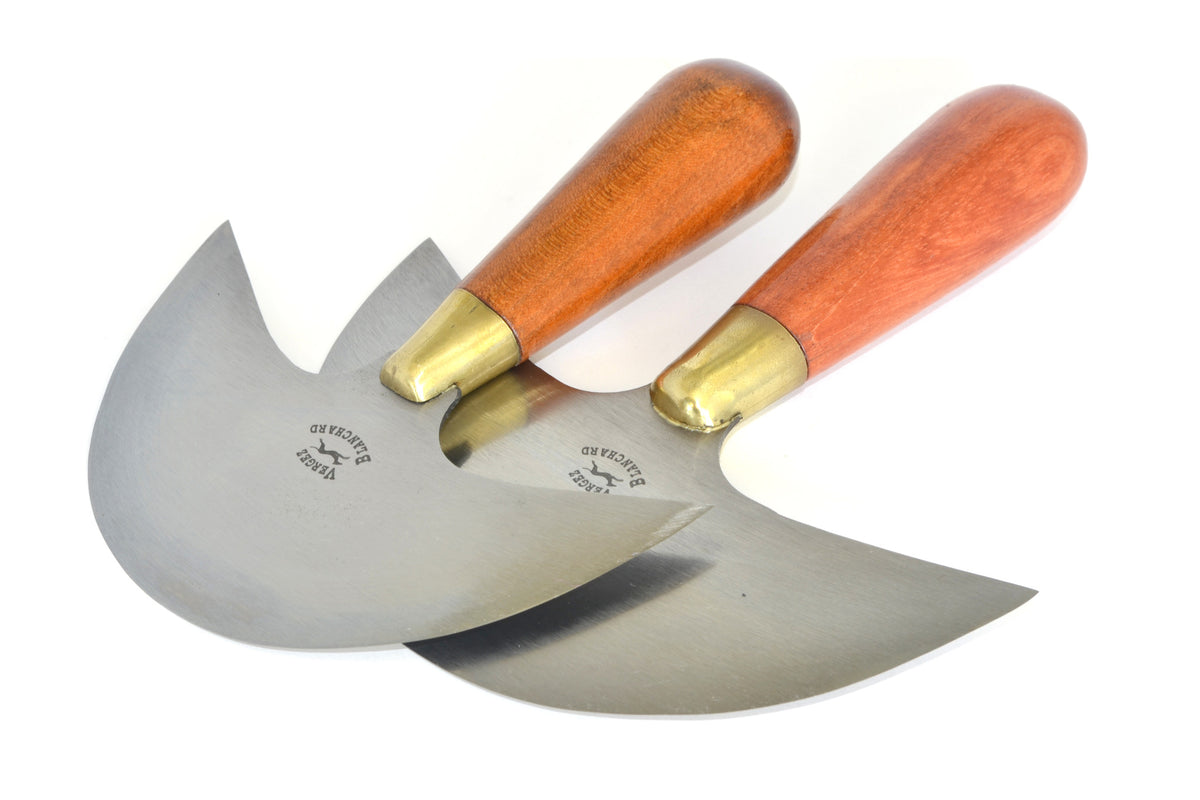
Credit: www.rmleathersupply.com
Choosing The Right Knife For Your Needs
Choosing between a head knife and a round knife depends on your cutting needs. Head knives offer precision for detailed work, while round knives excel in cutting through thicker materials. Both tools have unique advantages for specific tasks.
Selecting the right knife can be a challenge. Especially with so many options. The head knife and round knife are both popular choices. Each has its strengths. Each fits different tasks and skill levels. Understanding these differences can help you decide. Let’s break it down.Project Types And Requirements
Different projects need different tools. Head knives are versatile. They can handle many tasks, like skiving and cutting curves. Ideal for detailed work. Round knives, on the other hand, excel in straight cuts. They are great for larger projects. Think belts and straps.Skill Level And Experience
Your skill level matters. Beginners may find head knives tricky. They require more control. Experienced users love their precision. Round knives are easier for beginners. They offer a more straightforward cutting experience. Less chance of mistakes. Choosing the right knife depends on your project and skill level. Both head knives and round knives have their place. Know your needs. Match them to the right tool. “`Frequently Asked Questions
What Is A Head Knife Used For?
A head knife is primarily used for cutting leather. It offers precision and flexibility, making it ideal for detailed work.
How Does A Round Knife Differ?
A round knife has a circular blade, offering uniform cuts. It’s versatile for both cutting and skiving leather.
Which Knife Is Best For Beginners?
For beginners, a head knife is easier to control. Its shape provides better maneuverability for detailed cuts.
Can I Use A Round Knife For Skiving?
Yes, a round knife is excellent for skiving. Its circular blade allows for consistent, thin cuts.
Conclusion
Choosing between a head knife and a round knife depends on your needs. Both have unique strengths. The head knife excels in versatility. The round knife shines in precision. Consider the tasks you perform most. Think about your comfort and skill level.
Test both types if possible. The right tool can make your work easier and more efficient. Remember, practice and experience matter. Happy crafting!
